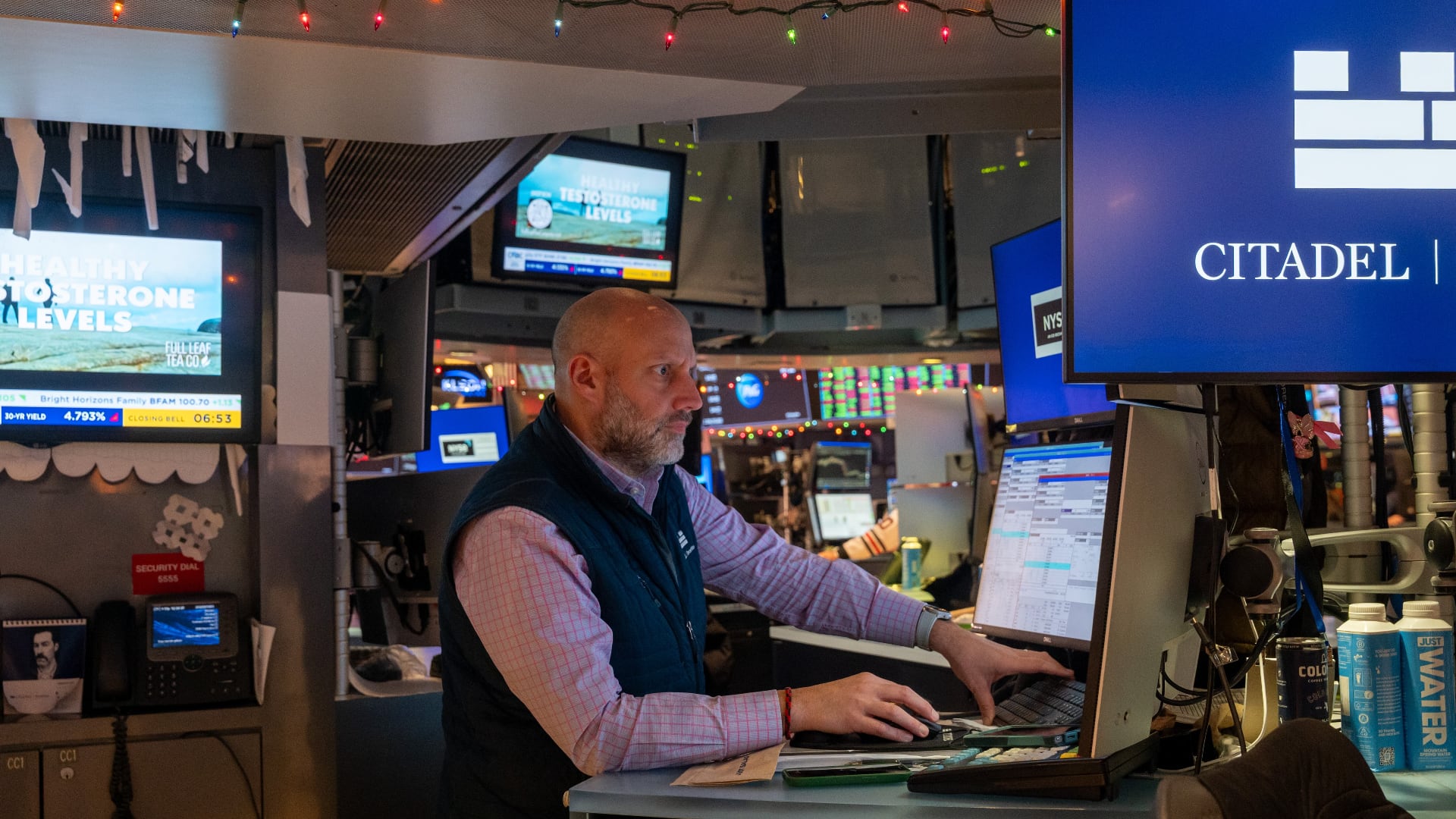A mother of two and doctoral student, Leah Daniel had just started a new job when the pandemic hit.
"It was very overwhelming. I remember the CEO calling me one day and the baby's in the background crying and my 11-year-old is having all types of issues with her virtual learning," Daniel told Cheddar. "And she said, 'Are you okay?' I was like, 'No! I'm not okay!'"
Daniel juggled her professional life and new responsibilities in the home for 11 months before she became physically ill from the stress. Daniel decided to leave her job.
"I felt like I really didn't have any choices. I felt like people didn't understand how hard it was to work from home with children. And I didn't want to feel like a bad mom," she said.
Daniel isn't alone. More than 2.5 million women have left the workforce since February 2020. Not only have women borne the brunt of layoffs, losing about one million more jobs than men as the pandemic devastates female-dominated industries like hospitality, but they are also shouldering more childcare duties, according to the Center for American Progress.
In New York City, for example, female workforce participation tumbled 20 percent between February and May of 2020, compared with about 5 percent for men, according to research from the New York City Economic Development Corporation. By the end of January 2021, 500,000 New Yorkers were not seeking reemployment because of childcare, and the percentage of city residents who listed childcare as the reason for not seeking work was almost double that of other major cities like Boston, Houston, and Los Angeles.
"A lot of the job losses in New York City are affecting industries where women are concentrated, particularly women of color. And you're also seeing that women are shouldering more of the childcare burdens at home," said Faye Penn, executive director of Women.nyc.
A career gap can impact a woman's earning potential — even years down the line. But the impact of so many working parents leaving the workforce has even broader consequences. Working fathers and mothers shifting to part-time work, assuming less demanding jobs, or taking leaves of absence could cost the city of New York as much as $2.2 billion per year in taxes, according to research from the New York City Economic Development Corporation.
"It's really important that in this country, we start seeing child care not as a private family issue, but as an economic development issue," Penn said.
And for women coming back after a career break, workforce reentry poses a whole new set of challenges.
Cara Macksoud left her job as an executive at a nonprofit, roughly six weeks into the pandemic.
"It felt like a fire was burning in my house, and I did what I thought was necessary," she said. "If this was the end of the world, I might as well be home with the kids and working with them rather than trying to do a job that I honestly feel like I really wasn't doing a good job since I was pulled so thin."
Almost a year later, Macksoud's five children are back in school, and she's ready for a job. But she started searching in November, and it hasn't been easy.
"My husband, he's been doing his job, day in and day out, my kids now go back to school, they're in their classroom. And I'm like, 'Where do I fit in now?' I don't just get to go back to my job and pick up where I left off," she said. "I think I'm feeling a little bit, you know, lost, I guess, and a little bit confidence-stricken."
Carol Fishman Cohen, CEO and co-founder of career reentry firm iRelaunch, said that even workers who have been out of the field for less than a year amid the pandemic have to explain the "COVID break" in their resume to potential employers. Over time, however, Cohen said she thinks employers will be more understanding of the gap.
She offered simple advice for job candidates who need to explain their leave in an interview.
"The exact language to use would be, 'I took a career break for childcare reasons during COVID. And now I can't wait to get back to work,'" she said. "You want to acknowledge the career break — don't apologize for it — and move on to why you're the best person for the job."
Cohen's iRelaunch offers free tools and resources, as well as an annual conference that has pivoted online, geared specifically toward helping people who are returning to work after a break. She said 90 percent of the organization's network is female.
It isn't the only resource for workers focused on reentry. Universities offer career resources for alumni, and iRelaunch has tallied almost 100 companies with a paid return to work programs.
For women seeking career opportunities after their COVID-19 break, reentry is possible. After taking some time to recover, Daniel found a new job that affords her much more flexibility.
"I don't have Zoom calls every day in the morning at 8:30 any longer. So, no more micromanaging and realistic timeframes," she said. "Now, I have it a little bit more under control. But in the beginning, it was chaotic, it was stressful, and it was frustrating."
Updated on March 10, 2021, at 10:22 a.m. ET with full story.



